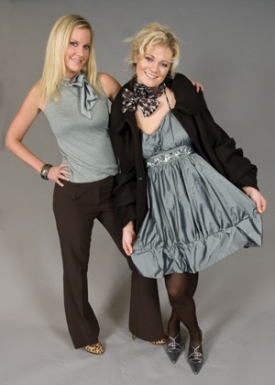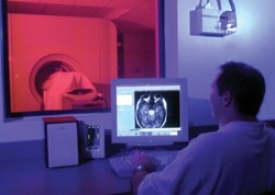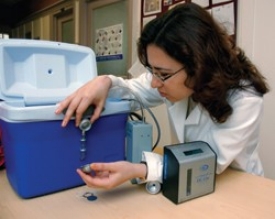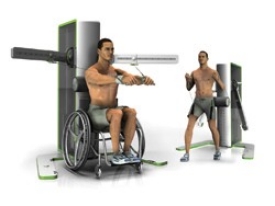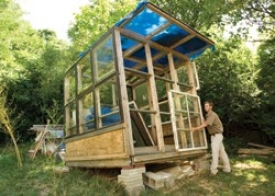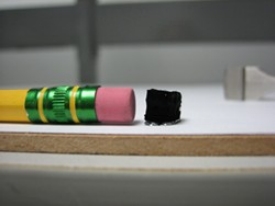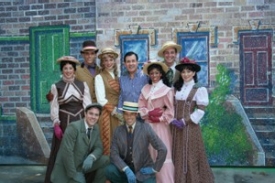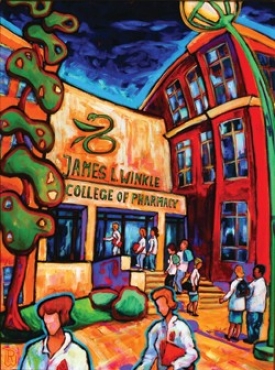Medical breakthroughs
A common enemy -- Three of Cincinnati's key players in the battle against cancer joined hands in August 2007 to establish a joint cancer center. The University of Cincinnati College of Medicine, Cincinnati Children's Hospital Medical Center and University Hospital have formed a strategic partnership to enhance and coordinate the region's oncology care from childhood to adulthood.
The joint cancer center launched with $60 million in seed money from the founding institutions ($30 million from CCHM, $20 million from UC and $10 million from UH) to build facilities, start up clinical programs and attract leading cancer researchers.
Bipolar snapshot -- A $9 million federal grant will allow UC researchers to use imaging to gain a clearer picture of what bipolar disorder looks like in the brain. Led by UC professor and interim chair of psychiatry Stephen Strakowski, researchers will use the grant to form the Bipolar Disorder Imaging and Treatment Research Center at the UC College of Medicine. Advanced imaging technologies will allow researchers to visualize specific areas of the brain during different phases of the illness to see how the brain's chemicals react to different medications.
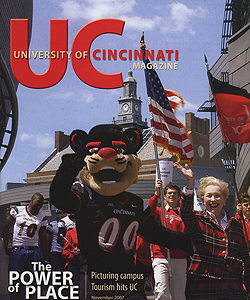
 Issue Archive
Issue Archive